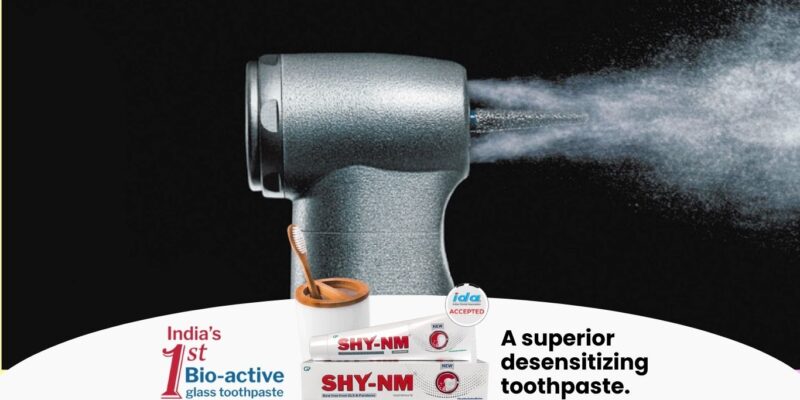Dental handpieces remain at the core of every dental practice, evolving significantly from their humble beginnings. As we navigate 2024’s technology landscape into 2025, selecting the right handpiece has become increasingly complex, with considerations ranging from advanced electric systems to traditional air-driven options.
Types of Handpieces
- Air-Driven Handpieces
- Operating Principle: Uses compressed air to power turbine
- Speed Range: Up to 400,000 RPM
- Advantages: Lightweight, high speeds, cost-effective
- Limitations: Variable torque, potentially louder operation
- Electric Handpieces
- Operating Principle: Electric motor-driven
- Speed Range: Up to 200,000 RPM
- Advantages: Constant torque, quieter operation, versatility
- Limitations: Higher initial cost, slightly heavier
Key Selection Criteria
Performance Specifications:
- Torque ratings
- Speed ranges
- Spray port configuration
- Bearing type (ceramic vs. stainless steel)
- Noise levels in decibels
Ergonomic Considerations:
- Overall weight and balance
- Head size dimensions
- Grip texture and finish
- Operator comfort during extended use
- Pediatric compatibility
Technical Features:
- Light system integration
- Coupling compatibility
- Bur changing mechanism
- Spray patterns
- Power requirements
Maintenance Requirements:
- Sterilization protocols
- Daily maintenance needs
- Long-term care requirements
- Warranty coverage
- Service support availability
Clinical Applications:
- General dentistry capabilities
- Specialty procedure compatibility
- Material-specific performance
- Cutting efficiency
- Precision control
Cost Analysis:
- Initial investment
- Operating costs
- Maintenance expenses
- Return on investment
- Warranty coverage
Integration Considerations:
- Compatibility with existing systems
- Staff training requirements
- Practice workflow impact
- Future upgrade potential
Modern Innovations
Recent Technological Advances:
- Enhanced LED illumination
- Improved bearing systems
- Advanced spray technologies
- Digital integration capabilities
- Enhanced ergonomic designs
Making the Right Choice
Essential Assessment Steps:
- Evaluate current practice needs
- Consider future growth plans
- Assess staff preferences
- Review patient demographics
- Analyze cost-benefit ratio
Maintenance Best Practices:
- Regular cleaning protocols
- Proper sterilization procedures
- Routine performance checks
- Preventive maintenance schedule
- Staff training programs
- Warranty registration
Conclusion
Selecting the right dental handpiece requires careful consideration of multiple factors. Understanding your specific needs, budget constraints, and practice goals will help guide you to the most appropriate choice. As technology continues to evolve, staying informed about the latest innovations while maintaining focus on practical applications remains crucial for making an informed decision.















Comments